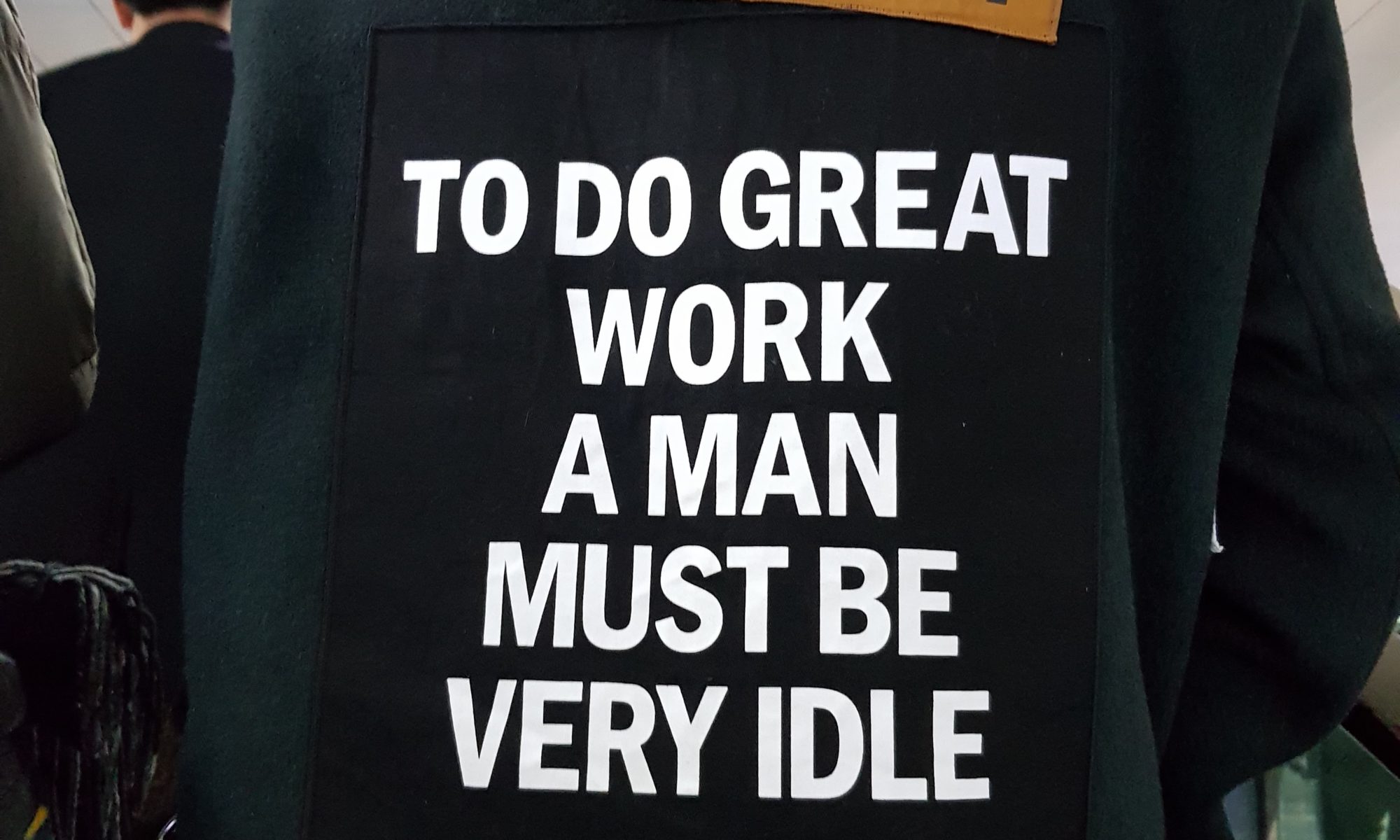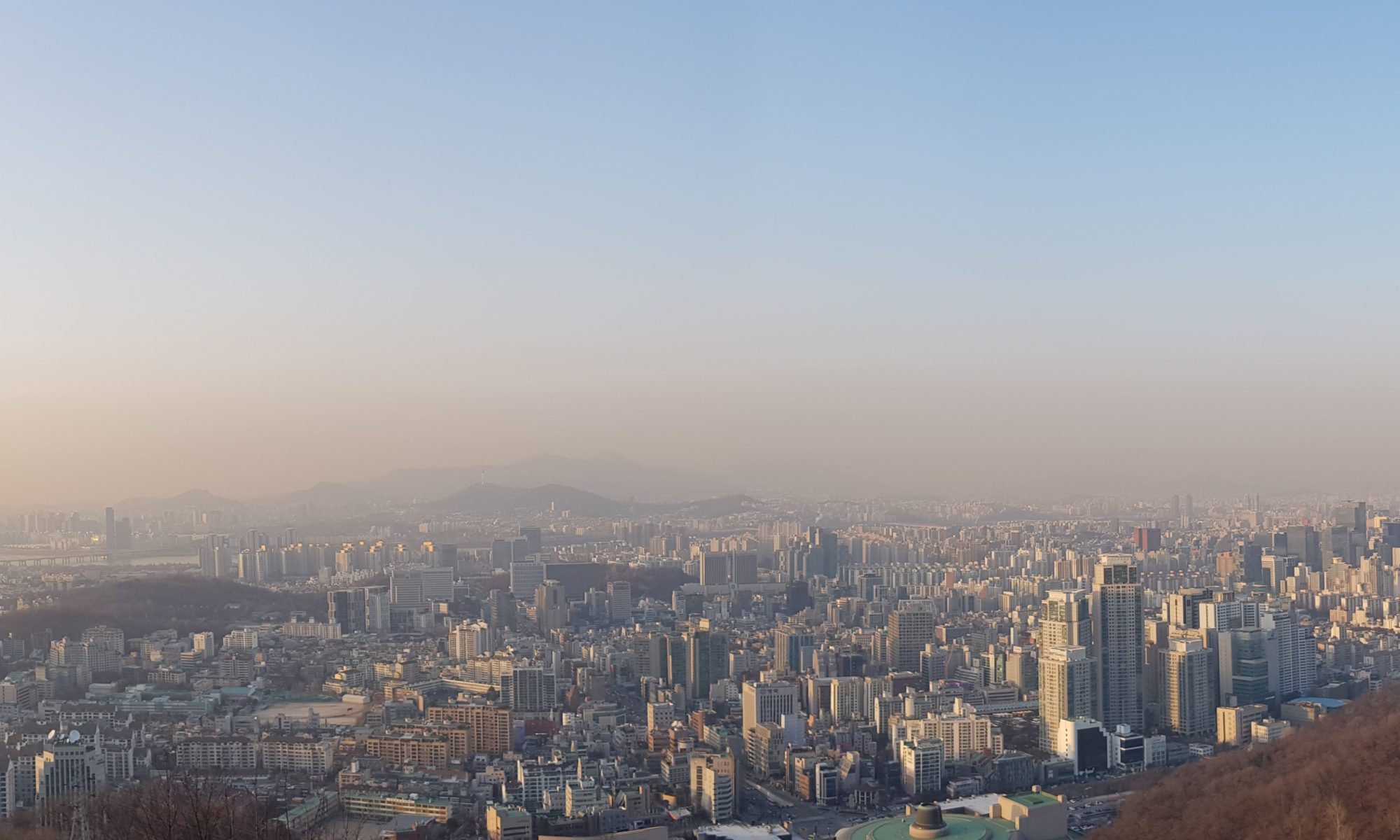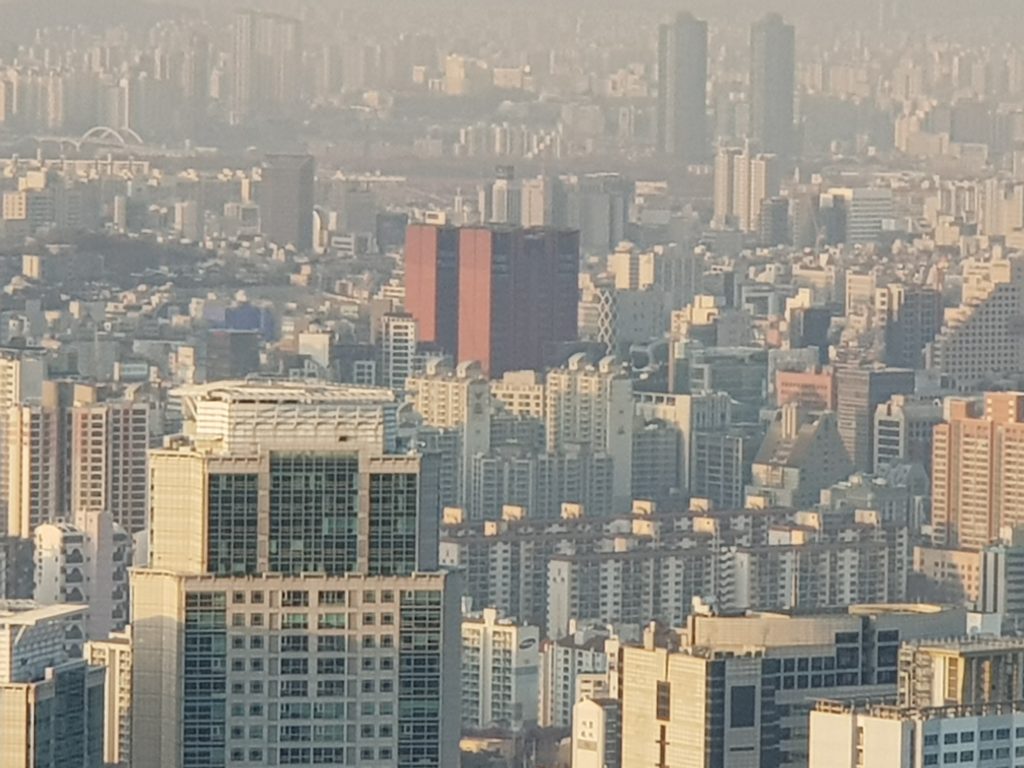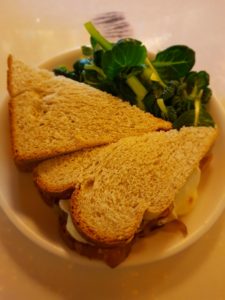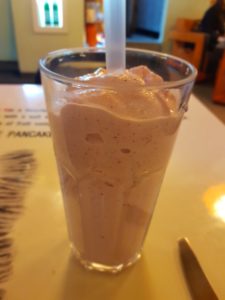I am now halfway through my Year of No Particular Ambition. I’m not sure how well I’m doing at it.
For one thing, I got a promotion last week. I swear it was an accident, but there it is. I’m now at the level of suseok, or principal, which comes after senior and before vice president. Before you get too impressed, I’ll note that one of my Korean textbooks has a joke about a guy who’s boasting about becoming VP, so his wife tells him it’s no big deal, there’s even a VP of prunes down at the grocery, and when the husband calls the grocery to see if she’s for real, the grocer says, “Sure, do you want the VP of packaged prunes or the VP of loose prunes?”
February
I did manage, in my first week of principality, to go down to headquarters in Suwon, attempt to give a presentation to a room full of VPs (not sure if loose prunes was there), and have the whole thing go down in flames in an argument over Pokemon syndrome (don’t ask). It was a surprisingly quick and effective lesson in why it is that so many suseoks are just kind of goofy middle-aged guys who don’t do all that much. Not all of them are like that, but suseok seems to be the level where you can just coast if you want, or if you’ve had the ambition bludgeoned out of you by too many years of corporate politics.
But the thing is, I don’t and I haven’t. For all that this is supposed to be my year of no particular ambition, I’ve been trying to do things at work. I would like to think of them as fundamentally lazy — trying to solve big problems so I can stop spending all damn day solving the same small problems over and over — but I suppose trying to solve big problems is ambitious. But at least I don’t have any clear ambitions of moving up or moving on.
The promotion had the salutary effect of knocking me back into the present, following a period of existential crisis that I like to call “February.” Every year, I wonder why the hell I’m working so hard to live somewhere so cold and miserable. The somewhere used to be New York, but same-same. This February I went to America and visited my brother and sister and their spouses and babies and wondered whether I’d made a terrible mistake by not having a spouse and babies. Then I came back to Korea and went to the Olympics and watched people with more (and stupider) ambition than I will ever have do insane things like flipping 60 feet in the air and crashing face-first on ice, or skiing 50 kilometers in two hours and not immediately dying. I wondered if my lack of ambition meant maybe my life was already over, and I spent too much time doing financial math and looking at Thai real estate listings. The promotion reminded me that things are actually pretty good right here and now.
Keeping busy
Recently I saw a woman in the subway wearing a coat that said, “TO DO GREAT WORK A MAN MUST BE VERY IDLE.” I have no ambition to do great work — not this year, anyway — so I suppose I ought to keep busy, if a random article of Korean clothing is to be believed. That’s the whole point of this year of no particular ambition, isn’t it? To be engaged with the here and now. To do stuff without it having to mean something or go somewhere.
Now that the weather is turning, I can start going out again, walking over mountains or what have you. I went to a Purim party. I’m taking a gayageum class, which might sound ambitious, but I have absolutely no intention of ever being very good at it. I’m getting my social life moving again now that stepping outside doesn’t make my face hurt. I’m trying to do a hundred squats a day for a whole month. It’d be nice to find someone to date. And in another six months, I suppose I’ll still be right here, working at Samsung and living in Seoul and maybe noodling around on a gayageum. No big changes, no grand ambitions.
It might not be easy, but if I believe in myself and stay focused, I can achieve nothing in particular. Wish me luck!

